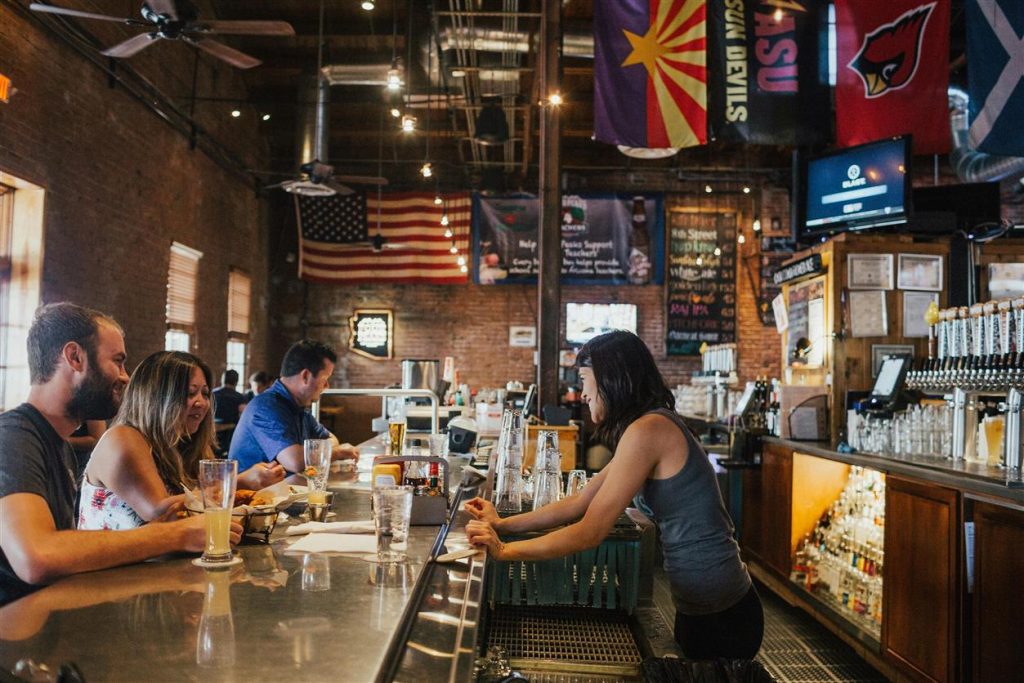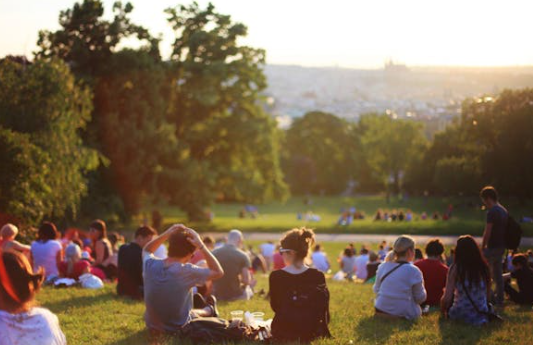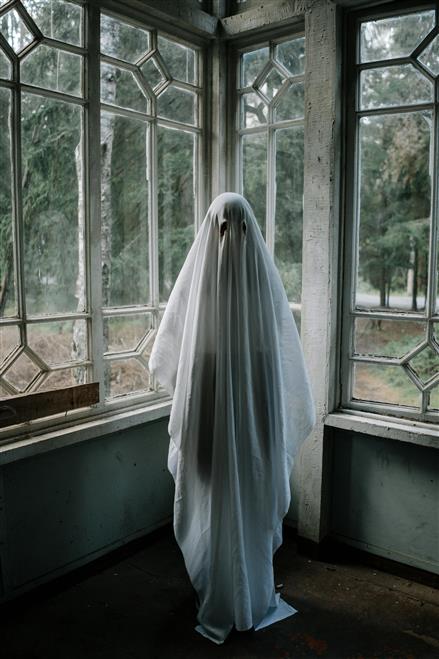
In today’s world, we often find ourselves bouncing between two major spaces: home and work. These two anchors dominate much of our time, energy, and attention. But between them—somewhere in the gaps—we used to have something else. A coffee shop, a public library, a park bench, a corner bar, a community center. Places where we belonged not because we had to be there, but because we chose to. These were our “third places.”
First coined by sociologist Ray Oldenburg in the 1980s, the term “third place” refers to social environments that are neither home (the “first place”) nor work (the “second place”). They are informal, welcoming, and inclusive. Think of your favorite café where you don’t even have to order to be known, or the neighborhood pub where people of all walks of life gather for a chat.
As society becomes more digitally connected yet physically isolated, the absence of these spaces has become increasingly noticeable. The third place isn’t just nice to have—it’s essential for emotional health, community connection, and social balance.
What Makes a Third Place?
Not every public space qualifies. A third place isn’t defined just by being outside your house. It’s characterized by certain qualities that make it feel accessible and comfortable:
- Neutral Ground: No one owns the space socially. Everyone is on equal footing.
- Conversation-Friendly: It’s a place where talking—especially casual, spontaneous conversation—is encouraged.
- Low Cost: You don’t have to spend much (or anything) to be there.
- Accessible: It’s easy to get to, both geographically and socially.
- Regulars Welcome: There’s a sense of familiarity. People may not know each other’s names, but they recognize each other.
Think of the old barbershop. The local diner. The bookstore with worn couches. Even a basketball court where neighbors regularly gather can function as a third place.
These aren’t high-end, exclusive spaces. They’re unpretentious and welcoming. They offer something more than service—they offer belonging.

Why Third Places Matter More Than Ever
In modern life, people are feeling more isolated, even while surrounded by others. Remote work, digital communication, and the general busyness of life have taken a toll on our capacity to form loose, casual social ties—the kind that form in third places.
These spaces matter for reasons that go well beyond leisure:
1. Community Building
Third places bring together people who might otherwise never meet. They blur lines between generations, professions, and social classes. In a time when polarization is rising, these neutral spaces create small but meaningful opportunities for empathy and connection.
2. Mental Health
You don’t always need deep conversations to feel connected. A nod from the barista, a shared joke in a line at the market—these moments feed our sense of being part of something. Third places offer low-pressure, human interaction that can help reduce anxiety, loneliness, and the feeling of being “unseen.”
3. Identity and Belonging
Third places are often where people find a version of themselves outside the roles they play at home or work. You’re not just a parent or an employee—you’re a chess player at the café, a poet at the open mic, a regular on the corner stool. These roles offer freedom and variety in how we define ourselves.
4. Cultural and Creative Exchange
Throughout history, cafés, bookshops, and salons have served as incubators of culture. Ideas are exchanged, art is shared, communities grow. These places are often where grassroots movements start, friendships are sparked, and creativity flows without a corporate agenda.
The Decline of the Third Place
Despite their importance, true third places are becoming harder to find. Here’s why:
- Commercialization: Many public spaces now require you to buy something to stay. That limits who feels welcome and how long people feel comfortable lingering.
- Urban Design: Cities increasingly prioritize traffic flow, development, and commerce over community gathering spots. Benches disappear. Small public parks give way to luxury buildings.
- Digital Substitution: Social media provides a facsimile of connection, but it rarely replicates the warmth of in-person interaction.
- Overworking and Overscheduling: Long hours, multiple jobs, and the always-on work culture leave little time or energy for lingering in casual spaces.
COVID-19, of course, accelerated this shift. Many third places were forced to close, and some never reopened. Even now, some people struggle to re-engage with public life, either out of habit or lingering uncertainty.
Can We Bring Third Places Back?
Yes—but it will require effort and intention from both individuals and communities.
1. Support Local Spots
If you have a favorite local bookstore, café, or community center, don’t just visit—support it. These spaces often operate on thin margins. Your regular visits, event attendance, or even friendly word of mouth can help them thrive.
2. Rethink Public Spaces
Urban planners and city governments can play a major role by designing neighborhoods that encourage gathering—benches, wide sidewalks, shaded areas, open plazas, multipurpose community halls. Parks should be more than greenery—they should be social spaces.
3. Value Loitering
We need to shift how we think about time spent in public. Not everything needs to be productive. Being somewhere just to be there—talking, sitting, watching—has value.
4. Create Your Own
Sometimes, a third place doesn’t exist until someone makes it. Host a weekly potluck. Start a sidewalk book swap. Organize a neighborhood walk. You don’t need a business or funding—just consistency and a welcoming spirit.
What the Third Place Teaches Us
At its heart, the third place reminds us of something we often forget in modern life: we’re social creatures. We don’t only need intimate bonds or transactional exchanges—we also need the easy, comforting presence of strangers and acquaintances. The kind of interaction where no one is trying to sell you something or ask about your KPIs.
In a third place, you are simply there. Among others. Alive, relaxed, and part of the world.

Final Thoughts
The third place is where community lives—not in grand gestures, but in daily moments of presence and connection. These are the spots that stitch together the social fabric: where you can be known, not for your job or your title, but for your stories, your habits, your humanness.
Rebuilding these spaces doesn’t require vast resources or major changes. It starts with caring. With showing up. With noticing who else is sitting beside you.
Because sometimes, being somewhere for no particular reason is exactly the point.



